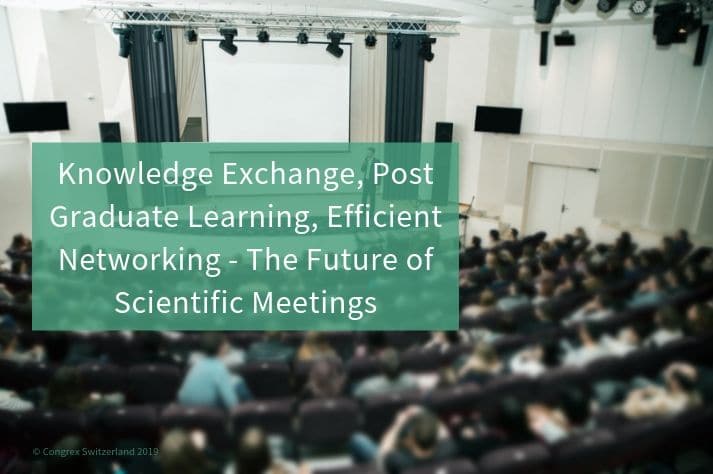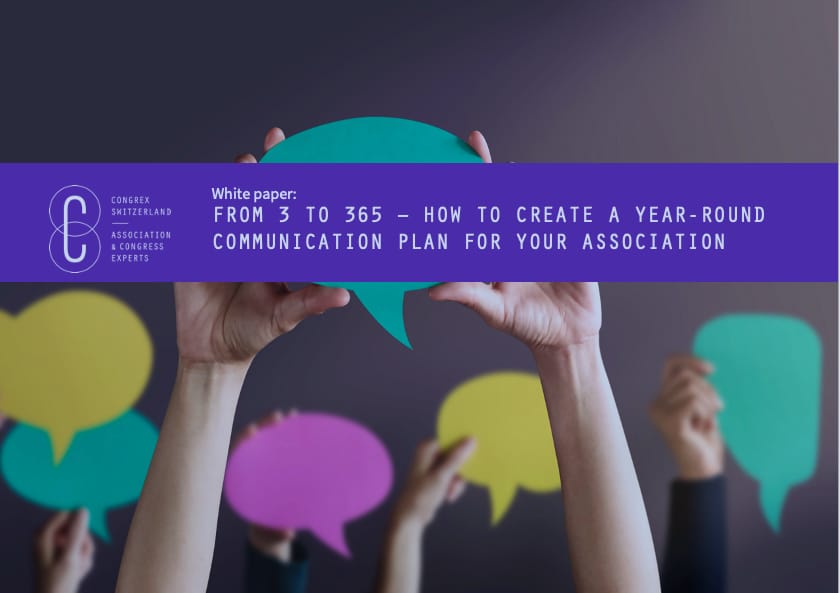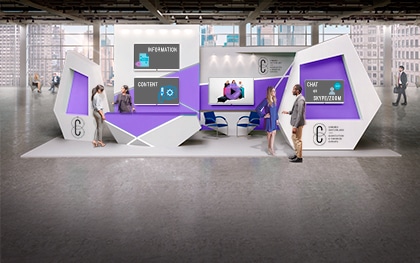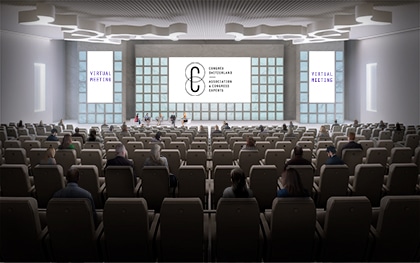Knowledge Exchange, Post Graduate Learning, Efficient Networking – The Future of Scientific Meetings.
Author: Christian Mutschlechner
The format of scientific congresses has been the same for decades: They typically have plenary sessions, parallel sessions, poster sessions and discussions; some have introduced hands-on workshops, but the overall impression is that nothing much has changed.
But times change, technology advances, and expectations increase. Attendees expect more of a return on the time they have invested to attend a conference or meeting. The younger generation, those who have grown up with the internet, social media and instant access to a world of digital information, will be more inclined to attend scientific meetings if those meetings fit with their needs. Maximum results in a minimum of time are the goal. And the younger generation will not hesitate to vote with their feet: If something does not meet their expectations, they will walk away and search for something better.
RELATED: Let us focus on the future generation: the conference formats that Millenials and the Gen Y require
Leaders of associations, programme chairs and members of scientific committees need to introduce meeting tools which have been tested and used already in the latest business environment. We will need to be bold if we are to dramatically change the look and feel of the traditional session. There are so many tools on the market and the challenge is how to introduce them into scientific meetings – how can these tools help make those meetings more engaging and attractive for participants? The word participant is derived from the verb ‘to participate’ – we must provide as many opportunities as we can for participation.
Tools like World Café, Open Space, Pecha Kucha, and Fish Bowl, to name a few, can significantly help to increase the quality of knowledge transfer. We should not delay to at least have some sessions in a scientific congress where these tools are tested. It won’t always be a good fit, but if we do not try, we will never achieve the vision of better, more interactive participation and knowledge exchange. The younger generation is interested in interaction, in debates, in sessions with a different format. We could simply provide an open space where young scientists can build their own environment for learning and exchange – we might be surprised by how fascinating these new formats could be.
RELATED: Quick Guide to Creating Engaging Conference Learning Experiences
Networking: we attend conferences with an idea of the type of person we want to meet but often we do not know exactly who this person is. How do you connect with the right person among two-thousand participants? Networking is among the primary reasons most people attend conferences – if we cannot provide this, we risk losing participants for the future. As organisers, we need to make sure that we fulfil expectations and meet the needs of our attendees.
The potential for learning and the exchange of knowledge in a scientific meeting is enormous, but do we really see the benefit of this – do we make this fully available for everybody attending?
Let’s give it a try – if we do not take the risk we will never have a chance to run better meetings that deliver a more positive experience for each participant.




